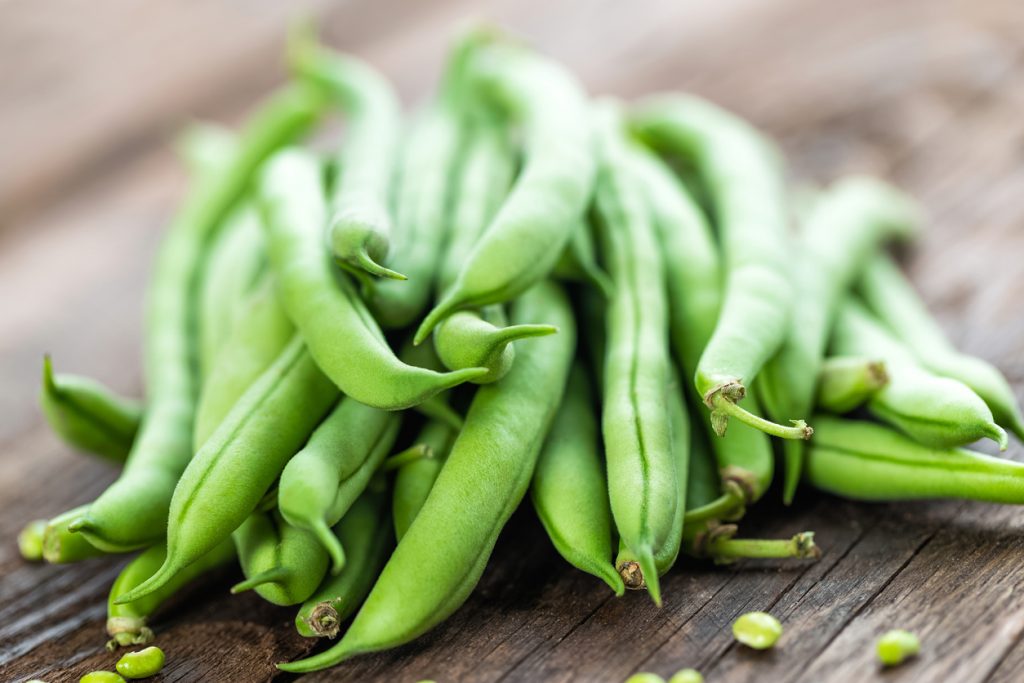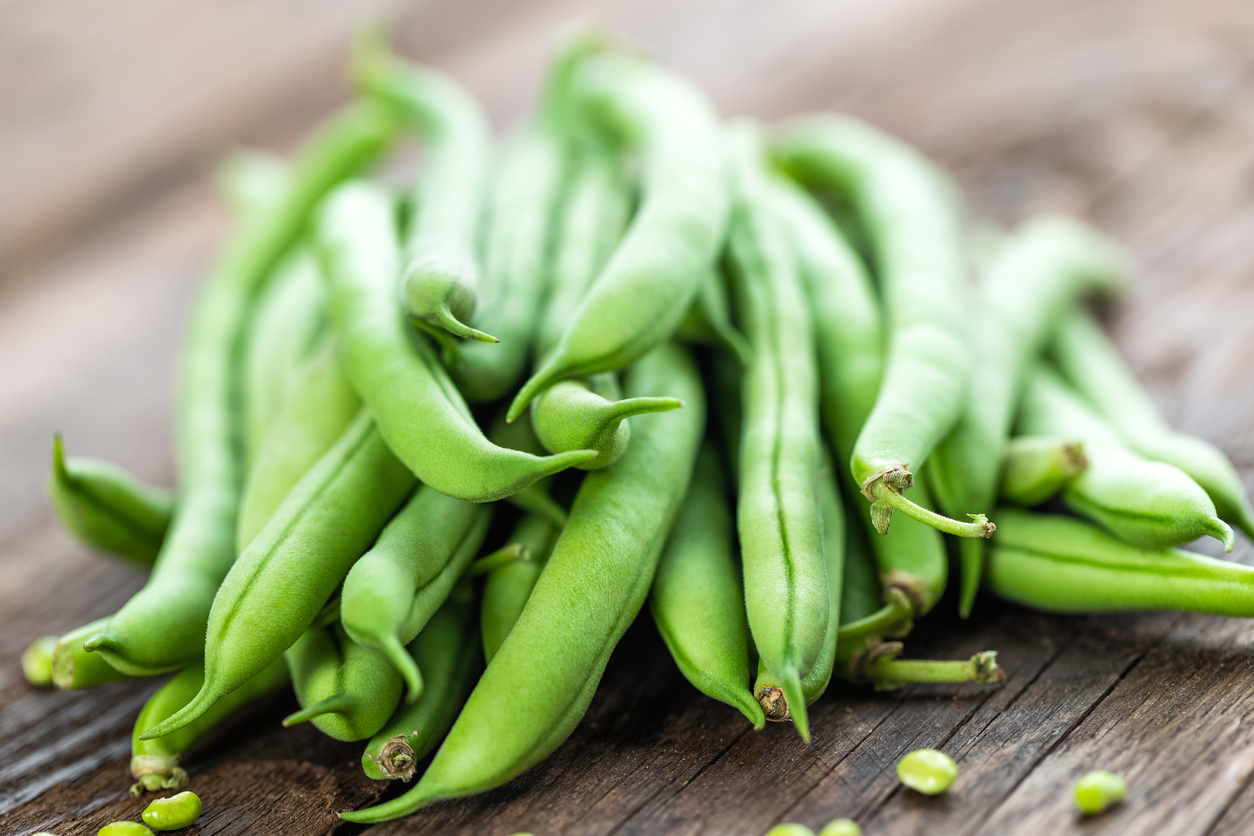This page won’t amount to a hill of beans—or maybe it will, because it’s a page about beans. (This story is a sneak peek from our 30th annual edition, Uncle John’s Old Faithful Bathroom Reader, available November 2017.)
Beans are the edible seeds of larger plants, and they grow in visible, pickable pods, so technically, beans really are a fruit. (“Magical” is still a matter of opinion.)
One bean not considered a bean: the green bean. Federal nutritional health guidelines consider it a vegetable, not a starchy legume like other beans.
Reason: it contains far less fiber and protein than its beany brethren.
Green beans are also one of a handful of bean varieties that cannot and should not be eaten raw…because they’re toxic. They’re high in lectins—a protein that can cause gastric distress, but can be easily neutralized by cooking.
Canned baked beans, particularly Heinz’s baked beans, are extremely popular in Great Britain, where they’re considered part of the “traditional English breakfast.” As a nation, Britons consume on average 38.5 tons of baked beans every hour. (That’s four times the American consumption rate.)
Wedding custom in Nicaragua: the newlyweds are given a bowl of beans, which is thought to bring good luck and longevity to their marriage.
January 6 is National Bean Day. Reason: It’s the day famed geneticist Gregor Mendel died in 1884. Many of Mendel’s theories on genetics derive from experiments he did with bean plants.
The United States’ most prolific bean producer: North Dakota, with 475,000 acres dedicated to growing beans. That’s 1 percent of North Dakota’s entire area.
Top five most-grown bean varieties in the United States: pinto beans, navy beans, black beans, kidney beans, and great northern beans.
The influential sixth-century Greek philosopher Pythagoras taught his followers that the souls of dead humans traveled to the underworld (Hades) through the hollow stems of bean plants, and that those souls lived in the beans. Result: He thought it was sinful to eat beans or even walk through bean fields.
Beans were cultivated in ancient Rome and were so respected as an ideal food source that several prominent families were all named for the humble legume. They were: Fabius (for the fava bean), Piso (for the pea), Lentullus (lentils), and Cicero (chickpeas).
Beans, or rather legumes, are one of the few cultivated plants that actively enrich the soil in which they grow. Legume roots are equipped with nodules that, as the beans grow, add nitrogen to the dirt.
Beans are the most concentrated non-animal source of protein in the world. As much as 11 percent of a cooked bean is protein. They’re also the cheapest protein source. Ground beef and chicken cost, on average, around $1 per four-ounce serving. Cost of a half-cup serving of pinto beans: around 10 cents.
In 2012, a Macedonian man named Davcev Stojan cooked up the world’s largest-ever pot of baked beans—a record 1,476.36 gallons.
Another world record: In 1986, Barry “Captain Beany” Kirk sat in a bathtub full of cold baked beans for 100 hours.
About 72,000 people worldwide have the last name of Bean.
Don’t worry, we’ll answer the main question about beans. The reason they lead to excessive flatulence is because they contain a carbohydrate chain called oligosaccharides. Humans lack the digestive enzyme to process them properly, so intestinal bacteria ferment them instead. The side effect: gas.










